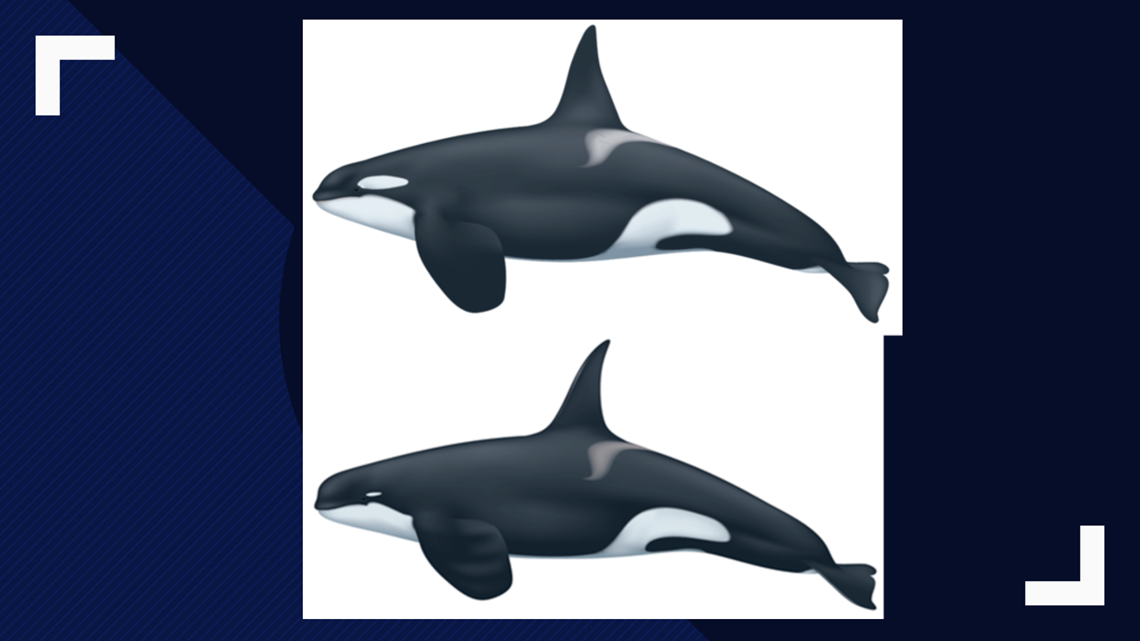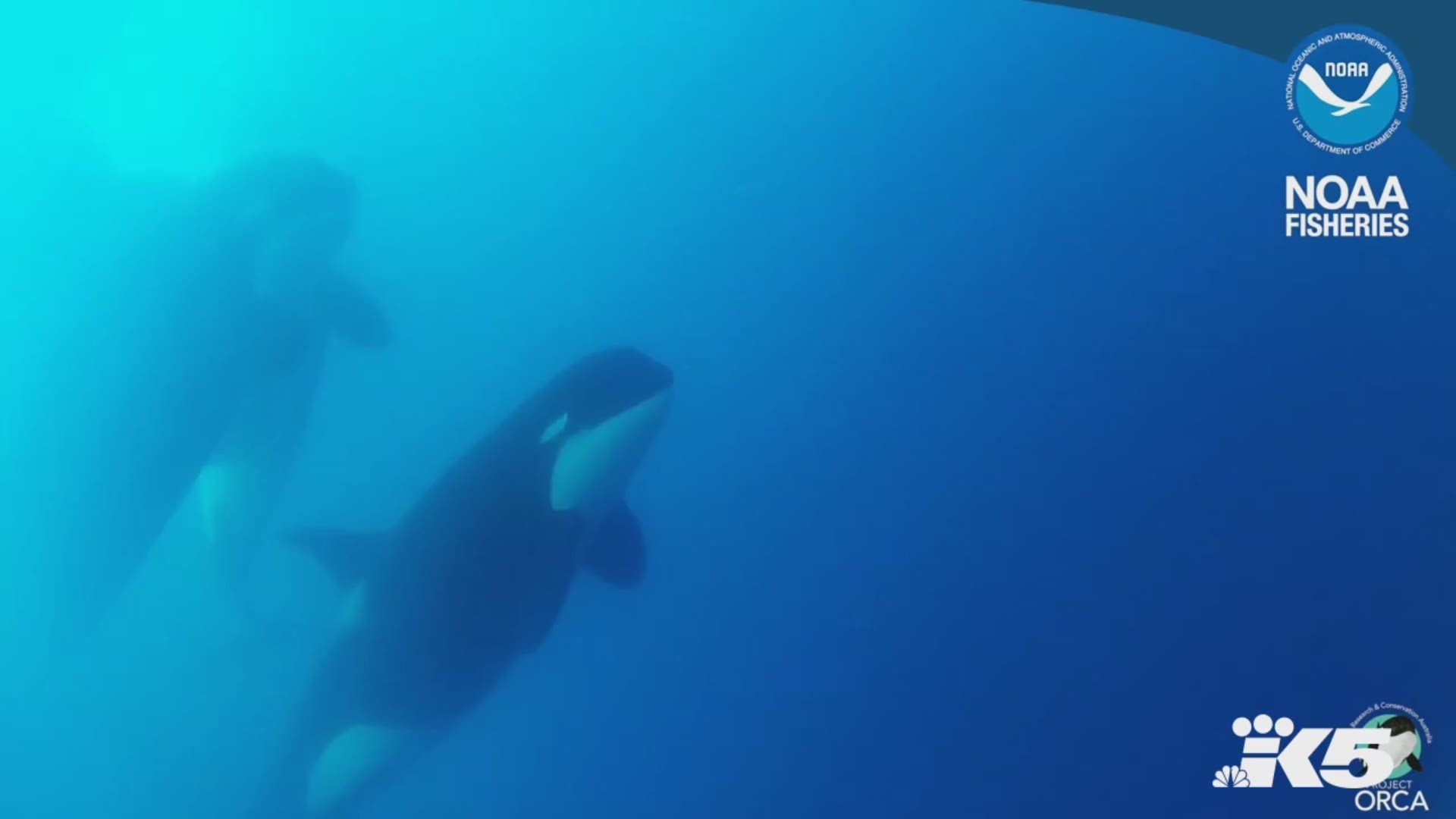An international team of scientists working off the coast of southern Chile spotted a new species of killer whale, the National Oceanic and Atmospheric Administration said.
The joyous discovery almost didn’t happen as the team spent more than a week waiting out storms near Cape Horn.
Dubbed Type D, scientist said this species has a distinctly different color pattern and body shape. Type D whales were only previously known about through a beach stranding more than 60 years ago, fishermen stories, and tourist photos.
“We are very excited about the genetic analyses to come. Type D killer whales could be the largest undescribed animal left on the planet and a clear indication of how little we know about life in our oceans,” NOAA researcher Bob Pitman said.
Scientists used crossbow darts to harmlessly take tiny bits of skin from the whales. They will test the three samples taken to determine if these are indeed a new group of killer whales.
“These samples hold the key to determining whether this form of killer whale represents a distinct species,” Pitman said.
Compared to other killer whales, Type D have more rounded heads, a narrower and more pointed dorsal fin, and a tiny white eyepatch.


Initially, scientists attributed the differences to a possible genetic abnormality. However, a French scientist showed Pitman a photo in 2005 showing the same tiny eye patches and rounded heads.
Previous sightings of Type D
NOAA said the first record of these unusual killer whales came in 1955 when 17 animals were found stranded on the coast of Paraparaumu, New Zealand.
Later as tourism grew in Antarctica, wildlife photos showed the abundance of killer whales in those waters. That prompted Pitman to collect more pictures from the Southern Ocean.
As more pictures showed Type D whales, scientists began putting together a profile. These killer whales avoided the coldest waters and lived in offshore waters.
Stories began to surface from Chilean fishermen complaining about killer whales stripping toothfish off their lines, about 60-80 miles south of Cape Horn.
Most photographs of those whales pinned the thieves as regular killer whales. However, among the images were Type D whales.
But Pitman had never seen the whale in person.
The expedition begins
To find the animal he had spent 14 years searching, Pitman took off with a crew of whale experts from the UK, Canada, Australia, and Argentina. Their research vessel, Australis, went to the Chilean coast to find Type D whales.
Storms ravaged them and kept them anchored for eight days. It was during a lull in the weather that Pitman and crew found the whales.
They were surrounded by a group of about 30 whales. Wide-angle cameras caught the curious Type D whales. The images showed their unique body type and tiny pirate eye patches.

